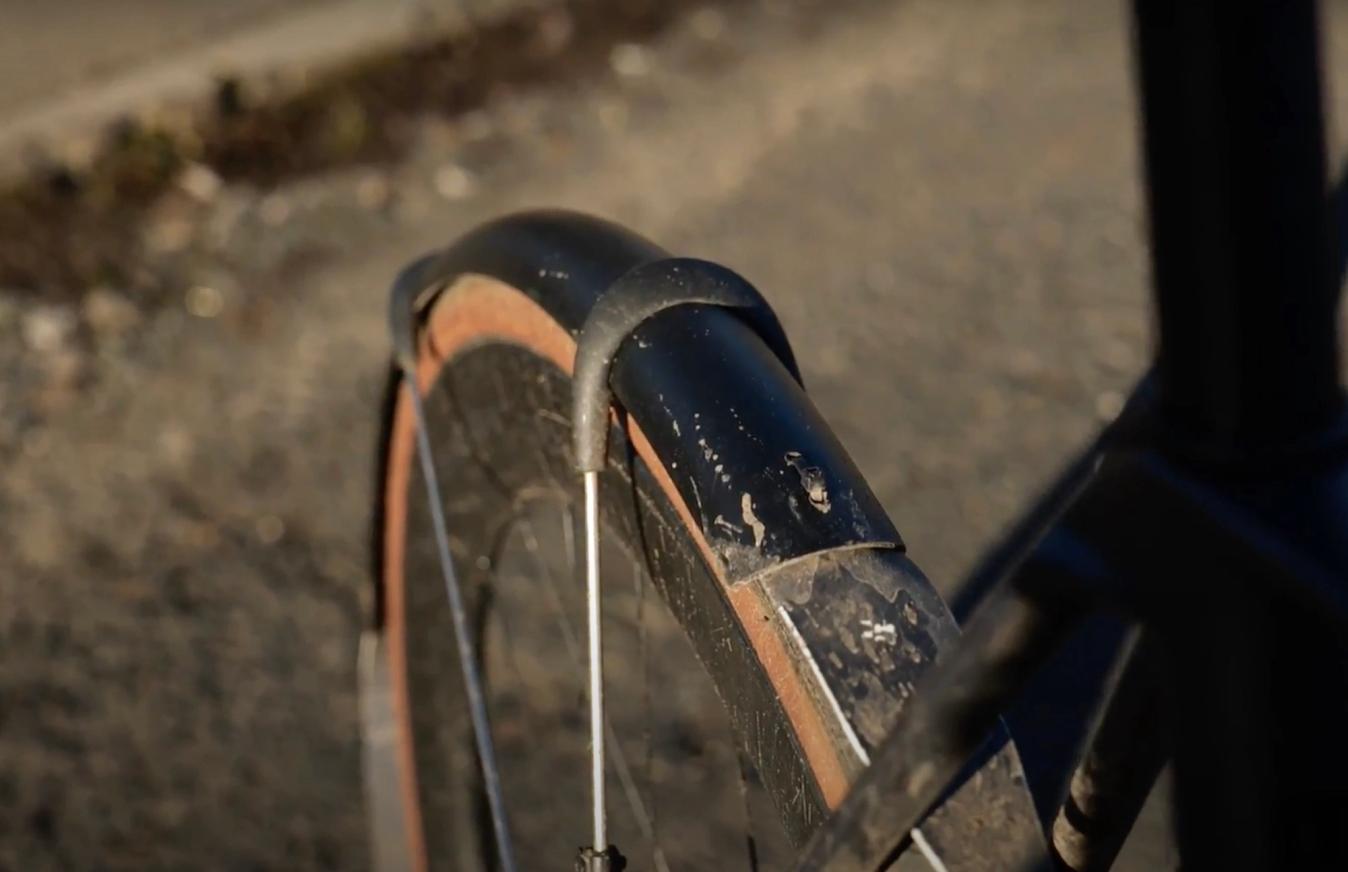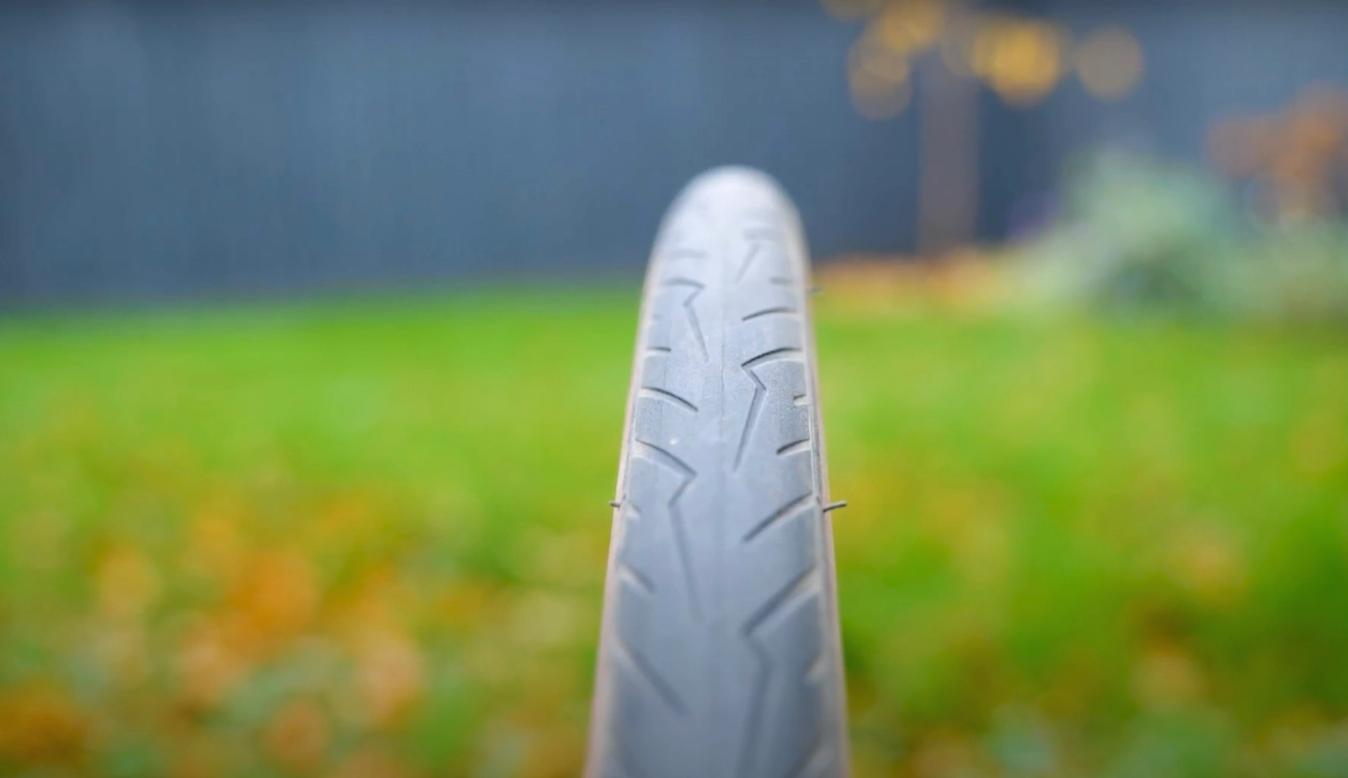Why do we ride slower in the winter and can we do anything about it?
Alex and Ollie look at how you can try and get some of your summer speed even in the depths of winter
Alex Hunt
Junior Tech Writer
Winter is a hard time to be a cyclist. Rides are cold, bikes take a battering, getting ready to ride takes almost as long as the ride itself, and to top it all off we typically find ourselves riding slower.
To find out why that is we set about comparing Alex Paton’s summer riding to his winter riding. We also look into whether winter riding can be made that bit faster.
Data collected from Mywindsock suggests that on average, cyclists ride at a fairly sizeable 3.5km/h slower in winter months than when compared to the summer but what actually causes this?
It is important to consider the whole system that's at play in regards to winter riding. We are typically riding bikes that are naturally slower, mudguards add to aerodynamic drag, winter tyres have an increase in rolling resistance, and most importantly cold air is denser than warm air. This means there is simply more air resistance fighting us at any given speed.
Directly comparing summer to winter riding
In an attempt to see just what the difference is out on the road, Alex had the foresight to complete a test loop in the summer with all of his aero kit on including aero summer riding kit, deep section carbon wheels and fast summer tyres. Now that we are firmly in winter's grasp here in the UK he is back to do the same loop but dressed for the sub-zero temperatures we are currently experiencing.
In the summer Alex managed to ride at 290 watts for the duration of the loop which resulted in an average speed of 38.8km/h. Fast forward to now and the results are genuinely startling. In his winter run, Alex averaged 295 watts, however he went a staggering 6.2km/h slower and only managed to navigate the course at an average speed of 32.6km/h.
One of the biggest contributors to this discrepancy is the difference in aerodynamic efficiency. In the summer Alex’s CdA - or coefficient of drag -measured at 0.29 which is a respectable value for a road bike and rider.
Leaping back to the winter configuration that number increases to 0.48 which in contrast is terrible. Simply put, this means that the bar bag and mudguards, as well as the bulkier and looser winter clothing present a bigger footprint that's exposed to the wind. Winter clothing is also a little less snug than summer kit, meaning that ripples are unavoidable and these are very detrimental to aerodynamic efficiency.
Is there anything that can be done to close this gap?
Selecting the right clothing
The first place you can look to address this difference is with clothing.
In winter you are going to need more layers than in the summer but the fit is just as important in both seasons. Trying to find winter kit that conforms to the profile of your body will greatly increase your aerodynamic efficiency. Unless it is absolutely necessary, it is best to steer clear of hardshell rain jackets as these act as sails in the wind and can slow you down considerably. Obviously, if it's looking like rain for the whole ride, needs must, but for warmth or to shrug off a light shower, there are plenty of better options.

© GCN
Aero helmets have the combined benefit of being faster and warmer making them a great choice in the winter
An accidental benefit of winter riding is using an aero helmet. It can have the dual benefit of both making you a little bit more aero as well as keeping your head warm. The reduction in vents can be an issue in summer but in winter it can be just what you need to stay warm.
Mudguards
These are a bit more complicated to unpack. They can affect the performance of your bike in two main ways. Firstly in the weight they add and secondly in the drag they cause. As far as weight goes it's a fine balance as they may add a few hundred grams to the bike. However if they are effective at keeping the water off you and your kit then that could also save a few hundred grams.

© GCN
Mudguards are worth the weight penalty for all the water and dirt they keep off you and your bike
When it comes to the aerodynamic effect of mudguards there has actually been a study released in the SSAE Mobolus Engineering Journal titled: 'The effect of fender angle coverage on cycling aerodynamics'. This revealed that mudguards designed and fitted with aerodynamics in mind could offer a performance boost when compared to not fitting them with the claimed benefit being up to 4%.
Extra gear
In the winter you are likely to carry more spares than you would in the summer. An additional inner tube, repair kit, extra clothing and maybe even a second pair of gloves could all be on the list. All of this is undeniably necessary to make winter riding safe and enjoyable but how you carry it can have an impact on your speed.

© GCN
Bar bags are one of the least aerodynamic ways of carrying your spares and fuel
Even though they are currently a trendy addition to the front of your bike, using a bar bag is actually one of the less efficient methods of carrying your gear. Using a saddle bag or even a spare bottle to carry your kit will save some precious watts and get back a little bit of speed.
Tyres
We have recently taken a deeper dive into the specifics of different tyres for different conditions but using the right tyre for your bike will have a measured effect. Summer tyres use a rubber compound that is optimised for warmer temperatures, meaning that as temperatures get close to zero degrees Celsius you are going to have less grip and the tyre is not going to perform as intended.

© GCN
Winter tyres do roll significantly slower than summer tyres but for good reason. They have a rubber compound suited to the conditions and considerably better puncture protection
Winter tyres in contrast are built around wet and cold conditions as well as adding increased puncture protection to fend off the debris that collects in the roads during the winter months. These changes in compounds and puncture protection do have a detrimental effect on performance, with the difference in rolling resistance being as much as 38%. However, in our eyes, it is a worthwhile trade-off to keep you rolling trouble-free through the winter.
Does colder air really make a difference?
This is a more nerdy take on winter riding but also an unavoidable fact if you live somewhere that suffers from colder temperatures in the winter.
Cold air is more dense and will therefore be a slower medium to travel through. The amount this comes in to play varies depending on how warm your typical summer air temperature is and how cold your typical winter air temperatures can be, but as a ball park figure the change in air density can account for around 0.5-1km/h difference.
The hard to swallow reality
No one wants to say it but deep down we know that it's true. For a lot of us we are simply less fit in the winter, partly due to increased frequency of getting ill, indulging at Christmas but also because we ride less in the winter.
- Read more: How to make your own training plan
When it is 25 degrees and sunny it isn’t hard to convince a cyclist to throw an extra hour on to a ride or to add another day's riding in to the week. This all has a knock on effect of building up your fitness and your endurance. On the flip side, getting out at all in winter can be a big ask, and the amount we ride and the intensity we ride at drops off through these months.
This is a very natural and healthy cycle for your body. It's also something to be honest about, aswell as to accept that sometimes we ride slower in the winter because we simply aren’t as fit.
Riding slower in the winter is no bad thing but there are some easy changes to our kit and set up that can help to narrow the gap between winter and summer that little bit more.
Have some advice that you think we missed? Join the conversation in the comments section below.












